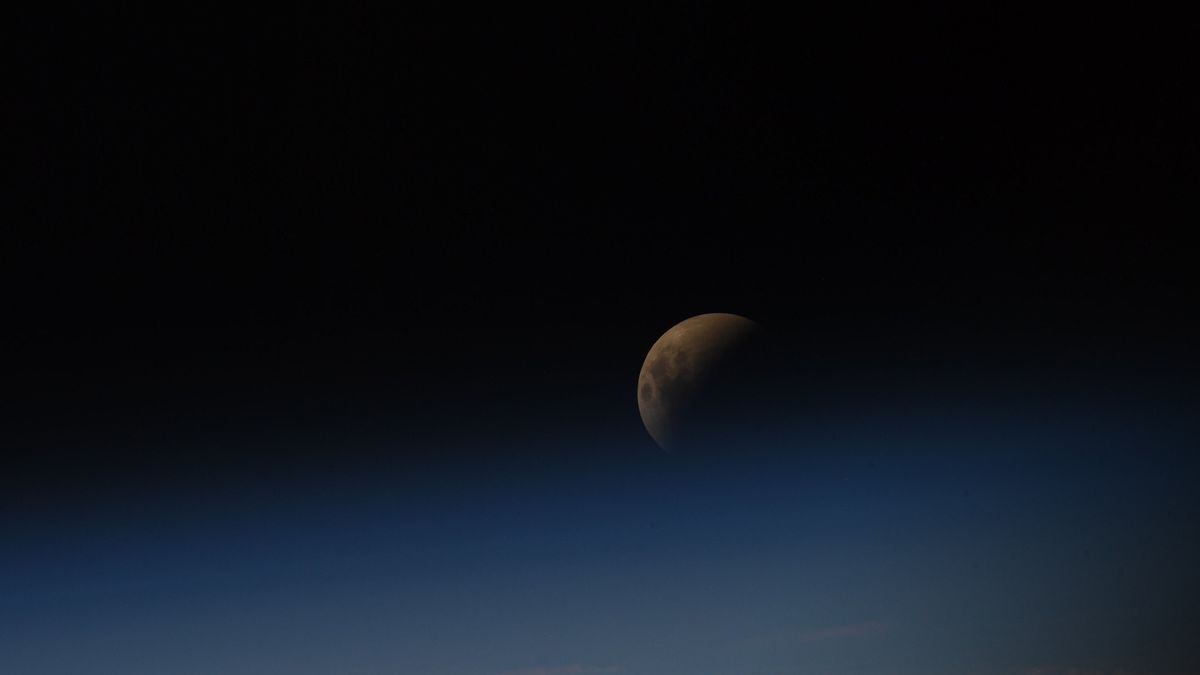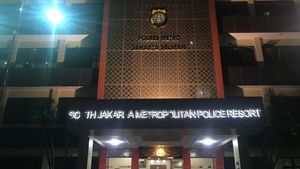JAKARTA - The phenomenon of the total lunar eclipse sky or Super Flower Blood Moon is not only enjoyed by people on Earth, astronauts on the International Space Station (ISS) can also see this amazing sight.
From up there on May 15 yesterday, European astronaut Samantha Cristoforetti shared several photos of the total lunar eclipse phenomenon on her Twitter.
The photo shows the different stages of the Blood Moon lunar eclipse framed by the space station's equipment and with a view of the cloud-covered Earth below.
"Were you lucky enough to see the lunar eclipse last night? We were right!" Cristoforetti's tweet.
Happy Monday from space! Were you lucky enough to be able to see the lunar eclipse last night? We were! / Buon lunedì dallo spazio! Avete avuto la fortuna di vedere l'eclissi lunare di ieri sera? Noi s! #lunareclipse2022 #MissionMinerva #LunarEclipse pic.twitter.com/RKJ49L4YAX
— Samantha Cristoforetti (@AstroSamantha) May 16, 2022
Some of Cristoforetti's images also show a dark Moon seen through the space station's solar panels.
Since the ISS completes one orbit around the Earth every 90 minutes, astronauts may enjoy several rounds of the phenomenon.
The Blood Moon lunar eclipse begins on Sunday, May 15 at 21:32 EDT (0132 GMT on May 16), when the Moon enters the lighter part of Earth's shadow, called the penumbra, and finishes later than five hours later when the Moon leaves Earth.
This amazing phenomenon lasted for 85 minutes, and was the longest in 33 years. It is known that the penumbra is the phase of a total eclipse when the Moon is completely covered by the umbra.
When a total eclipse occurs, the Moon does not disappear from the sky but turns red, an effect caused by the scattering of light by the Earth's atmosphere. This effect is responsible for the Blood Moon event which is often used to refer to the Moon being completely eclipsed.
For information, the next full lunar eclipse will occur on November 8 and will reach its peak over the Pacific Ocean, which is claimed to be visible in Asia, Australia, North America, parts of northern and eastern Europe, the North Pole and most of South America.
The English, Chinese, Japanese, Arabic, and French versions are automatically generated by the AI. So there may still be inaccuracies in translating, please always see Indonesian as our main language. (system supported by DigitalSiber.id)













